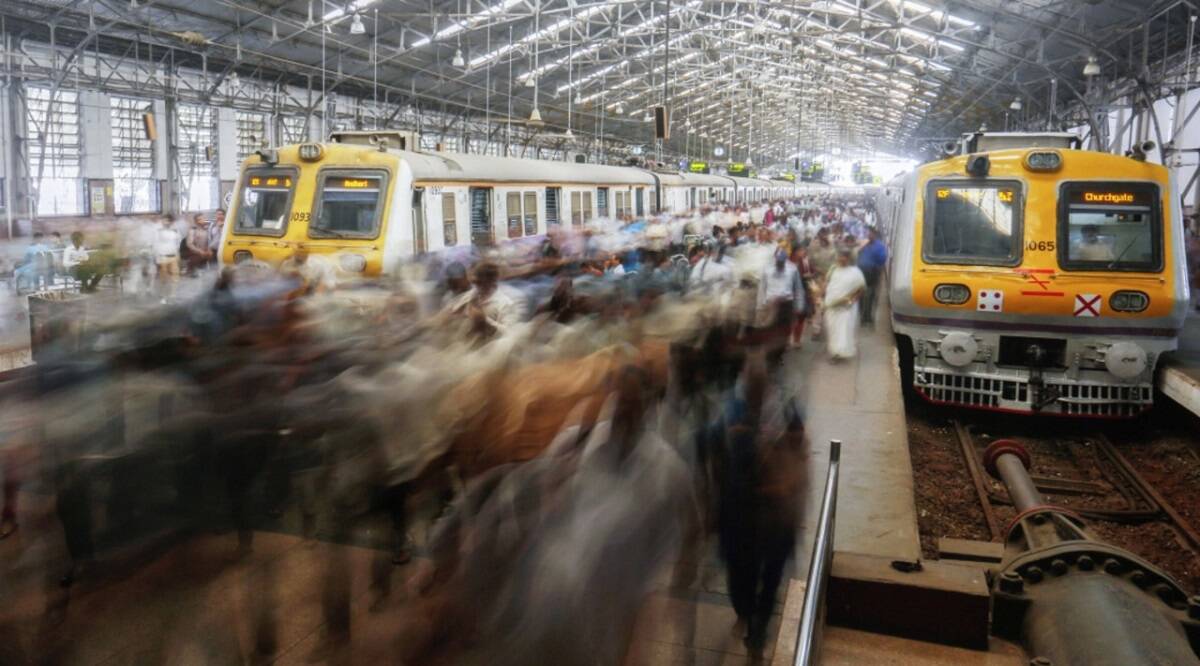Analysts say that India has already surpassed China in terms of population.

India may have already surpassed China as the world’s most populous country, a milestone that increases the pressure on Prime Minister Narendra Modi to create more employment and guarantee the country’s world-beating development continues.
According to projections from the World Population Review, an independent organisation specialising in census and demographics, the South Asian country’s population reached 1.41 billion by the end of 2022.
This is a little over 5 million higher than the 1.412 billion recorded by Chinese authorities on Tuesday, when they declared the first population fall since the 1960s.
In the coming years, India, where half of the population is under 30 years old, will have the fastest-growing major economy in the world. To maximise the demographic dividend, Modi must generate jobs for the millions of people who enter the labour force each year as the nation moves away from agricultural employment.
The United Nations anticipates that the benchmark will be reached later this year. According to WPR, India’s population reached 1.42 billion as of January 18th.
Another estimate from the research platform Macrotrends says that India has a population of 1.42 billion people right now. After delaying population surveys owing to pandemic disruptions, the country did not provide its once-decade census statistics in 2021.
Last year’s decision to limit the term of troops in India’s armed services to four years demonstrated the pressure on the government to create jobs and pay retirement benefits. Modi, who is scheduled to run for re-election in May 2024, has been working to increase the manufacturing contribution of the economy from the current 14% to 25%.
Sonal Varma, an economist with Nomura Holdings Inc., noted that infrastructure projects and labor-intensive manufacturing, in addition to the service sector, can generate employment prospects. “And we are essentially witnessing the initial building blocks for this being put in place.”
Despite India’s rapid economic expansion prior to the Covid virus and its relatively good recovery from the epidemic, around 800 million people continue to rely on free food rations from the government, the world’s largest programme of its type.
The third-largest economy in Asia is currently self-sufficient in food production. It is the second-largest rice, wheat, and sugar producer in the world. As a market, India’s expanding middle class is the largest consumer of sugar and the largest importer of edible oils. China is the second-largest purchaser of gold and steel and the third-largest purchaser of crude oil. It also has the third-largest domestic aviation market in the world.
WPR predicts that India’s population will keep growing until at least 2050, even though growth has slowed down recently.
China, on the other hand, is experiencing a little recession, which Bloomberg Economist Eric Zhu called in a January 18 report as a “growth-crushing headwind for a long time.” According to figures from the National Statistics Bureau, China’s population declined by 850,000 in 2022 compared to the previous year.
More than half of the expected growth in world population between 2022 and 2050, according to the United Nations, would be centred in just eight countries: the Congo, Egypt, Ethiopia, India, Nigeria, Pakistan, the Philippines, and Tanzania.



